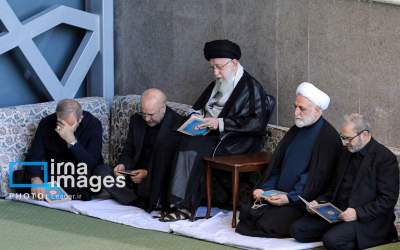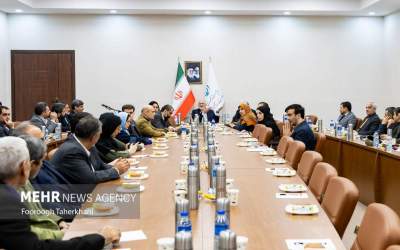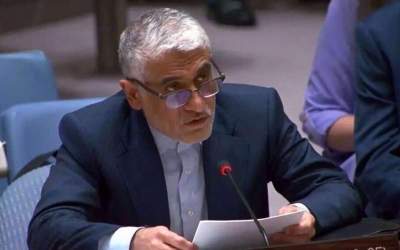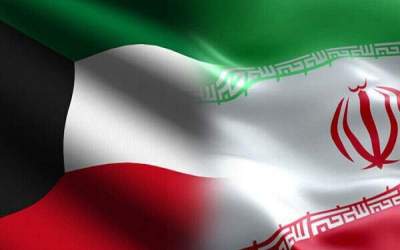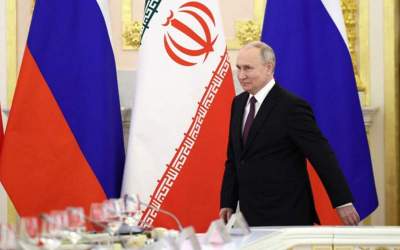Wednesday 19 August 2020 - 19:07
Story Code : 382042
FAO helps Iran boost its agricultural drought monitoring systems
Designed by FAO to assist the countries in monitoring agricultural drought and managing its risk, ASIS as a part of the Global Information and Early Warning System on Food and Agriculture uses satellite data to detect agricultural areas where crops could be affected by drought and as a result it helps the countries to strengthen their agricultural drought monitoring and early warning systems.
The country-specific version of ASIS once calibrated with field data � including land-use maps, sowing dates, crop cycle duration and crop coefficients � will detect periods of water stress in crops and forecast crop yields more accurately.
�The tool simplifies the results in the form of easy-to-interpret maps enabling decision-makers at national and local levels to implement drought mitigation activities in agriculture, including the payment of parametric crop insurances and the provision of social protection schemes, on a timely basis. These results are also useful for guiding public investments such as water harvesting, irrigation, and water reserves,� said Oscar Rojas, FAO Natural Resources Officer who led this three-day workshop held for the Iranian experts.
In this endeavour, and as part of �Integrated Programme for Sustainable Water Resources Management in the Urmia Lake Basin� project jointly implemented by FAO and Urmia Lake Restoration Program (ULRP) and funded by the Embassy of Japan, the Organization supports Iranian authorities to establish country-level ASIS. �ASIS can assist in close monitoring of the agricultural stress within the Urmia Lake basin in order to manage the impact of those stresses on water resources management.
Moreover, adding a probabilistic forecast to the ASIS which is going to be implemented within the extension of the ULRP-FAO project would be a proper tool for decision-makers,� said Behdad Chehrenegar, the Head of Research Division of ULRP.
prev
next
Latest News
Most viewed

